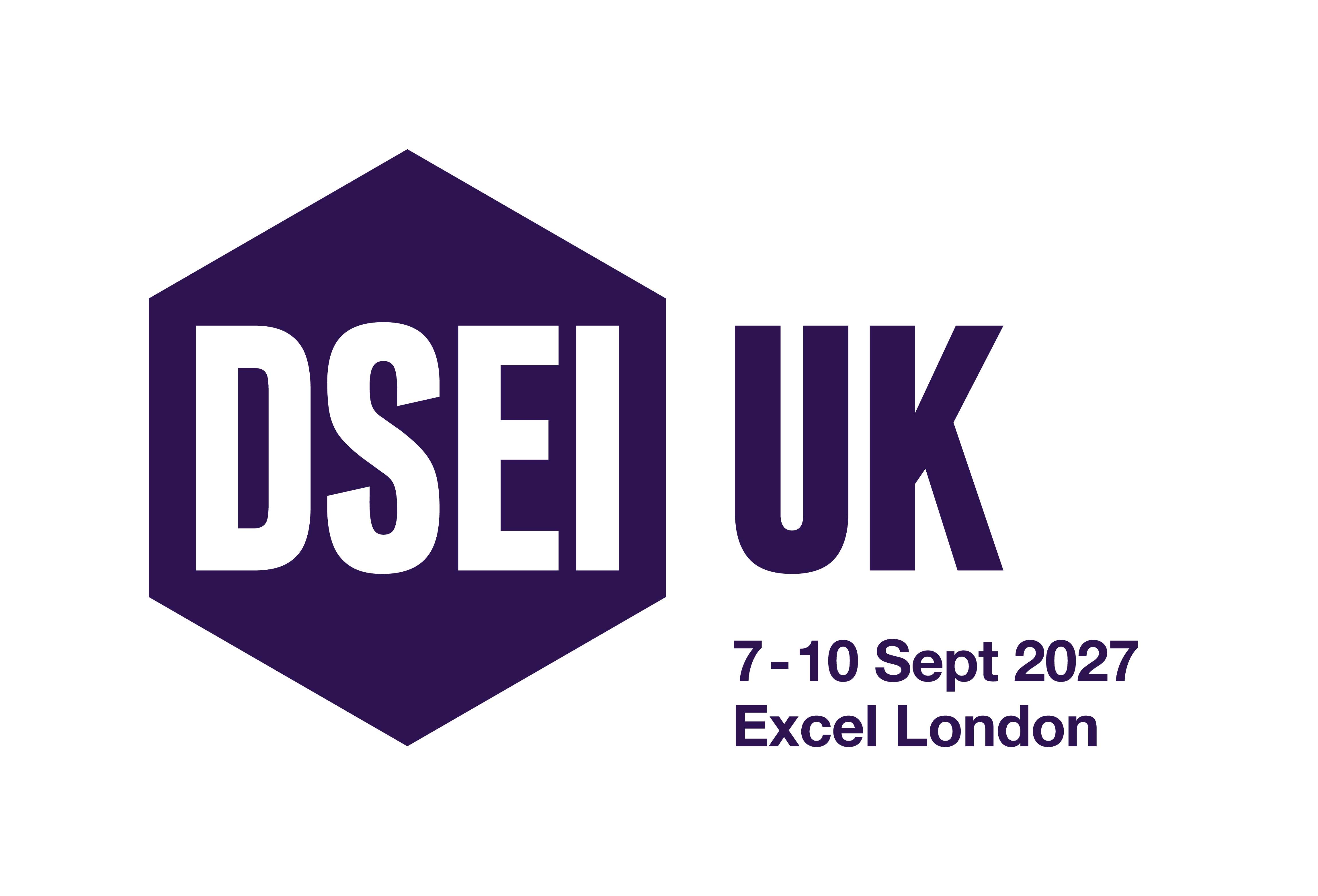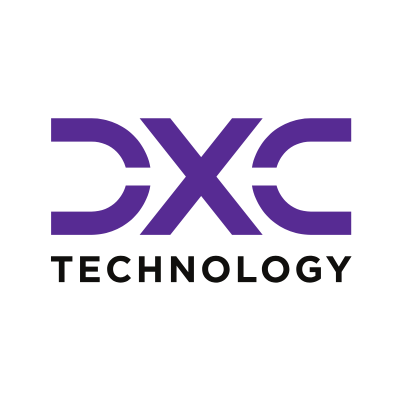NATO DIANA: Mission, milestones, and what success looks like
- Europe
- Feature
- Security

Two years after DIANA launched its first challenges, DSEI Gateway explores the organisation’s progress and whether it has been a success with the head of the organisation.
Members of the NATO alliance first agreed to create the Defence Innovation Accelerator for the North Atlantic (DIANA) in 2022 to better harness dual-use innovation for defence.
To achieve this, DIANA launches yearly competitions based around emerging technology requirements, offering winning participants access to funding, testing facilities, mentoring, and NATO accreditations.
James Appathurai – who recently took over as interim Managing Director of DIANA after 26 years working for NATO, following time at the Canadian Ministry of National Defence – credited the organisation’s staff with “flying the plane and building it at the same time”, in an interview with DSEI Gateway.
DIANA stood up its inaugural challenge cycle in June 2023, after opening its main head office in London. Since then, the organisation has grown rapidly, with investors, scientists, and a wealth of frontline users getting involved. Now, it hosts a network of over 180 test centres and 17 accelerator sites operating across the 32 NATO member states, with a regional office in Halifax, Canada, and a regional hub in Tallinn, Estonia. No additional sites are planned, Appathurai added.
It has since reached full operating capability in June this year, meaning that its 2026 cohort has scope to more than double the number of companies it can onboard compared with the year before – up to 150, Appathurai said.
Amid this momentum, he acknowledged that the context for DIANA’s mission has shifted: “the world has changed, and it has changed because of Ukraine, because of the decisions taken at the NATO summit, including the decisions by all NATO countries to put 5% into defence”.
“The period of austerity in defence is over, and DIANA will be part of how that manifests itself.”
Recognising this change, and the need to react to increasing threats, he doubled down on DIANA’s approach to innovation, speaking of a “growing recognition” that we can no longer rely on the status quo of defence procurement and innovation.
Highlighting his personal approach to the organisation, Appathurai said his goal is “more defence, more NATO, and more rapid adoption”.
With DIANA at a pivotal moment and under new leadership, it's worth considering whether it has achieved its mission thus far.
What does success look like?
There are several ways to measure how successful DIANA has been in delivering its mission, from contracts won to the number of early-stage technologies scaled to maturity.
Critics of DIANA have raised concerns that it has not driven enough new cutting-edge innovations to market and into the hands of users.
However, Appathurai is resolute in defence of the young organisation, highlighting that companies “have seen a range of contracts that have been provided to them or that have been signed with governments. Some of them have moved on to be acquired by, or work with big defence contractors.” One such company is Lobster Robotics, which – following its successful progress in DIANA – went on to win a contract from the Netherlands Ministry of Defence for its Scout autonomous undersea vehicles. The company has also since worked closely with the Estonian Navy.
“Accelerating the rate at which companies get contracts and can provide effect, will be one measure of success for me.”
Another mark of success is that companies can achieve “a relatively substantial increase in the technology readiness level [of their capabilities] because they've been working with our test centres, with our accelerator sites, with our experts, with our mentors, and they've had access to end users, including on our operational exercises”, Appathurai emphasised.
Also acting as a marker for success is DIANA’s reputation. He explained his commitment to making sure that “DIANA is seen across the alliance as the first port of call when you want defence innovation. I want our brand to be highly visible, and rock solid, based on solid results. So, if that happens, I'll be very, very happy.”
The visibility of DIANA and phase two companies from its 2025 cohort was on display at a recent Innovator x Industry Collider event, hosted alongside Apex Defense, on the periphery of DSEI UK 2025 in London. During the event, Appathurai unveiled the 15 companies progressing to ‘Phase 2’ of the DIANA Programme to a crowded room of investors.
This kind of engagement can help drive awareness of the organisation, while allowing its participants to gain valuable face time with potential investors – a benefit for those looking to get involved.
Getting involved
Companies interested in getting involved with DIANA’s upcoming 2026 cohort must make sure their innovation meets one of the challenge areas, while also being dual-use, and not in use by defence agencies.
“We're trying to open up new ground and new opportunities for companies that haven't necessarily thought about defence”, Appathurai explained.
Additionally, solutions need to be at technology readiness level four and above – meaning they may have been validated in a laboratory and/or have basic functionality beyond the theoretical.
Companies should have a level of readiness in terms of ability to scale in the future, with Appathurai noting that from that point DIANA has “teams of people to help, we have accelerator sites, we have legal experts, we have mentors”.
Financial support is also available, with Phase 1 innovators receiving EUR100,000, and those downselected to Phase 2 receiving EUR300,000.
When asked if he had any tips for those considering applying to one of DIANA’s challenges Appathurai said: “I think the main thing I'd say is reach out! We talk to dozens of companies every day. I've spoken to three this morning.”
If a solution is not a good fit for DIANA, it could be supported or backed by another organisation, noting that he has referred companies to the NATO Investment Fund, as well as the EU and other national agencies to help “steer them in the right direction”.
It is encouraging to see DIANA is on a strong upwards trajectory, expanding its network of accelerator sites across the world. DSEI Gateway also understands that other NATO organisations are interested in adopting its accelerator approach. With defence investment – and especially private capital – continuing to grow, the initiative is well positioned to go from strength to strength, potentially attracting further private sector support.
Tags
- accelerator
- appathurai
- challenges
- companies
- defence
- diana
- dianas
- dsei
- explores
- first
- gateway
- head
- innovation
- launched
- looks
- milestones
- mission
- more
- nato
- new
- one
- organisation
- organisations
- phase
- progress
- sites
- success
- two
- whether
- years
Providing impartial insights and news on defence, focusing on actionable opportunities.
-
The US aims to carry out production over two years and in four phases.
-
Individual grants worth a maximum of EUR150,000 will be available to develop and test air defence tech in the first phase.
-
The new budget allocations will mean Germany hits NATO spending targets ahead of schedule.


)
)
)
